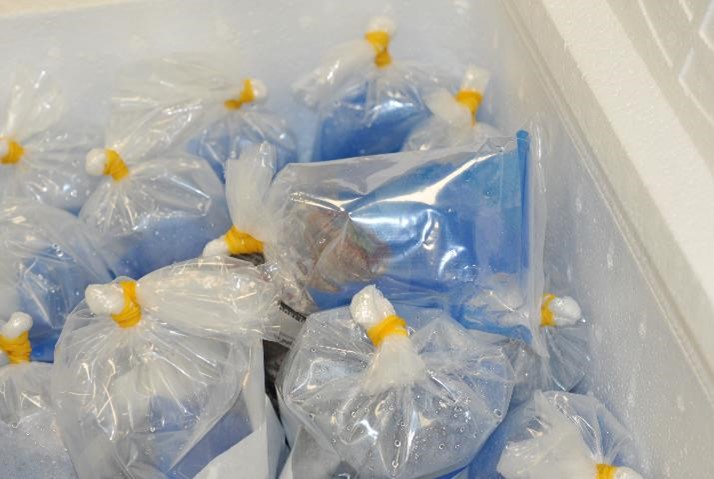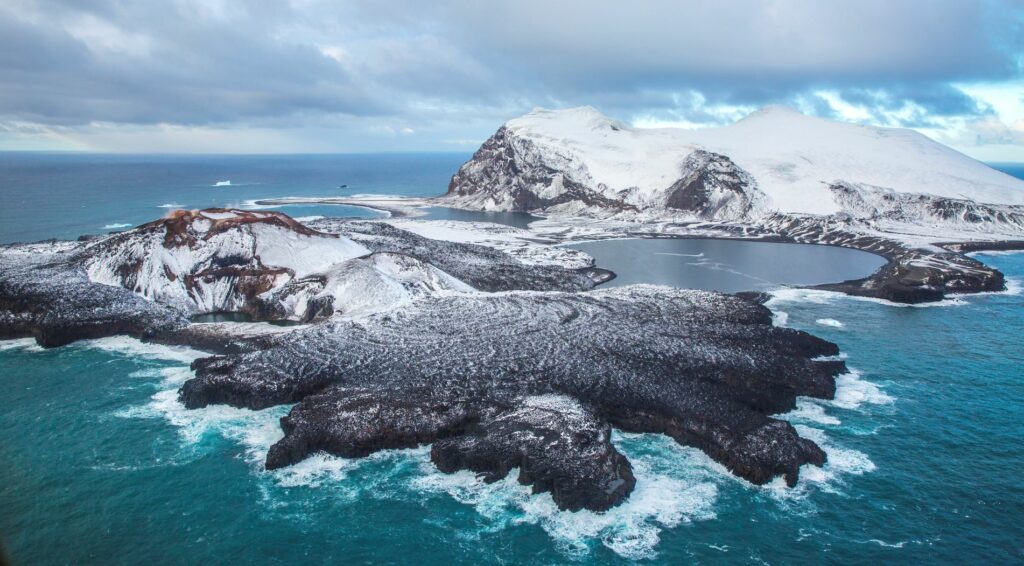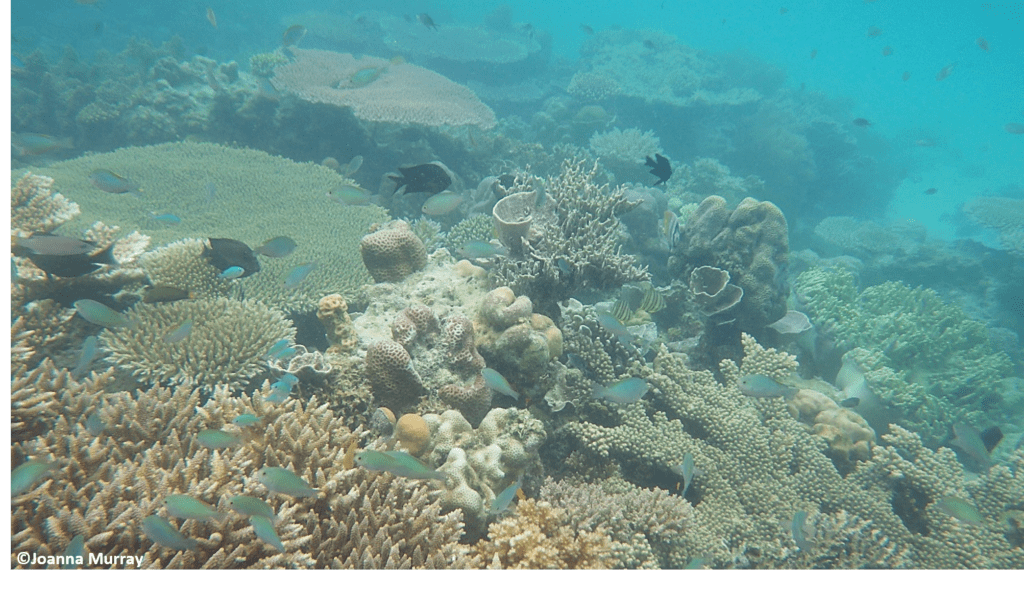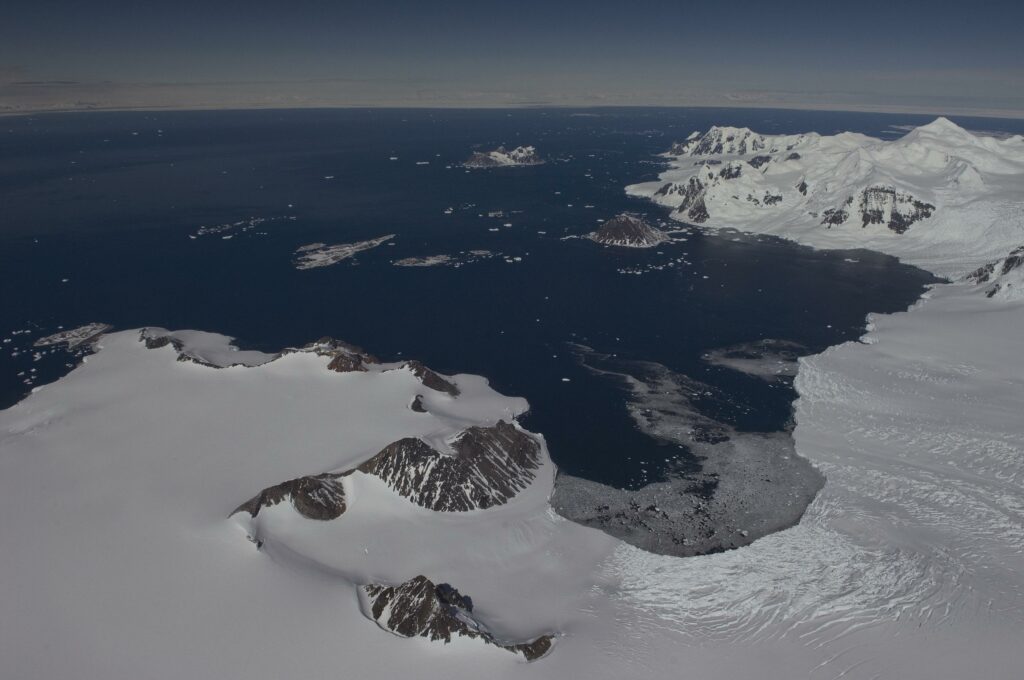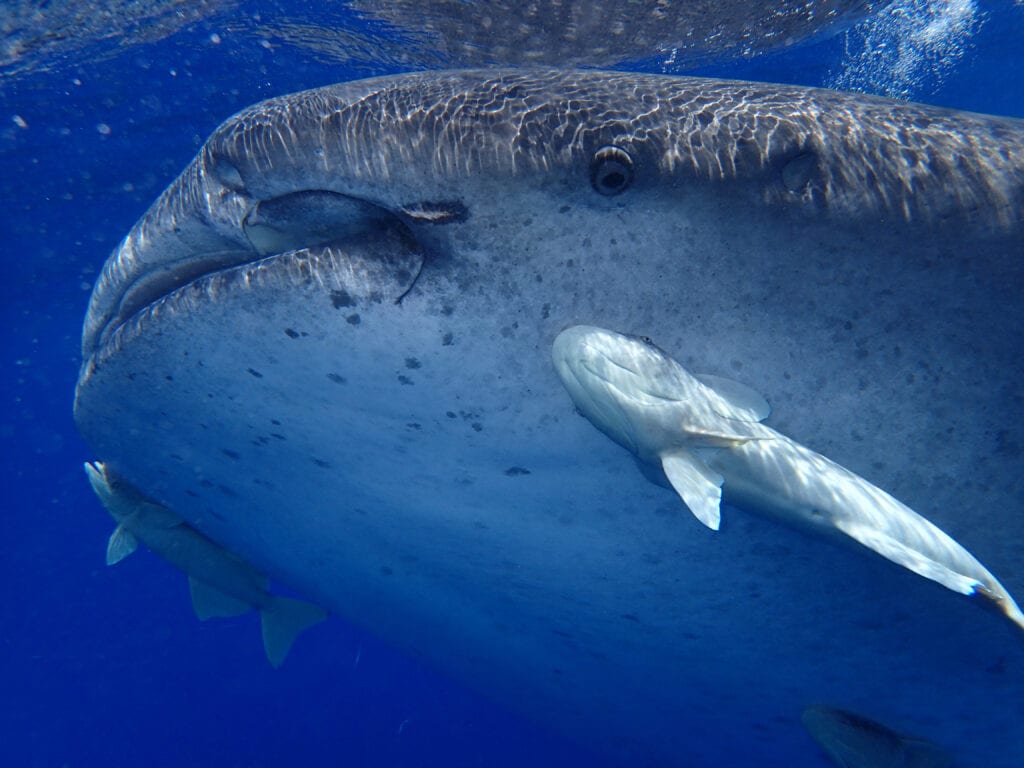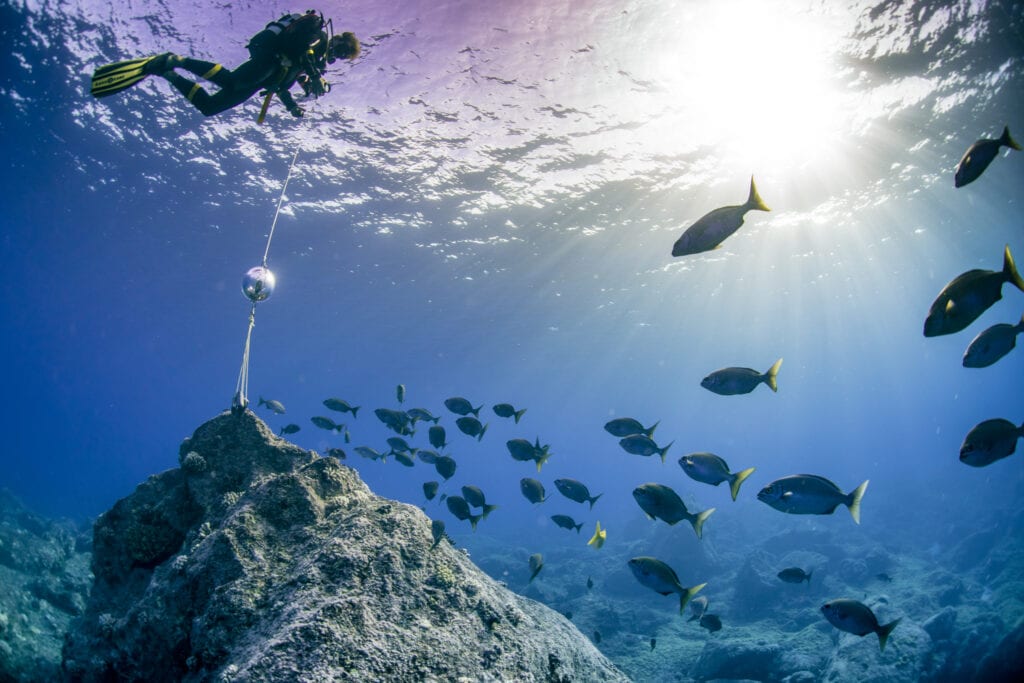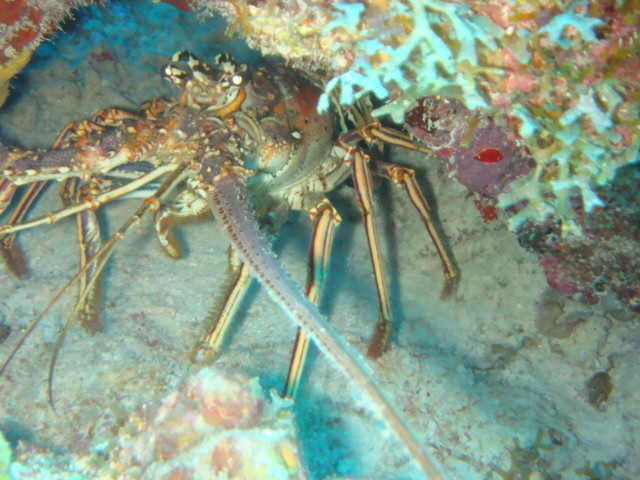Vulnerable species
It’s a dark, damp evening in February 2023 when staff from UK Border Force’s CITES team are called to Heathrow’s Animal Reception Centre to inspect a shipment of hard coral. A mismatch between the CITES permit and its packing list …
Shaped by ice and fire, the volcanic South Sandwich Islands are a remote sub-Antarctic archipelago that have remained largely uninhabited since their discovery by polar explorers in the 18th century. In winter, sea ice extends northwards across the two hundred …
The first shark trunk visual identification guide is launched as part of a one stop toolkit for regulating trade in CITES-listed species Warning: This blog contains images of sharks without fins or heads as part of a training exercise to …
Warning: This blog contains images of sharks without fins or heads as part of a training exercise to identify species by their trunks. Some people may find this distressing. Since last we spoke It seems like a lifetime ago since …
It may come as a surprise to some that corals are not rocks or plants, but marine invertebrate animals made up of hundreds to thousands of tiny organisms called polyps, joined together by limestone skeletons. Corals are the building blocks …
In the latest of our blog series on the Global Ocean Wildlife Analysis Network, we hear from Simon Morley at the British Antarctic Survey (BAS) about what this project means for the British Antarctic Territory (BAT). Simon Morley, British Antarctic …
St Helena is an oceanic island located in the tropical South Atlantic. Home to a fantastic array of marine biodiversity, it is one of the ten UK Overseas Territories that are part of the new Global Ocean Wildlife Analysis Network. …
Kylie Bamford, Head of Marine Conservation for the UK Overseas Territories, Foreign, Commonwealth and Development Office: The Blue Belt Programme supports delivery of the UK government’s commitment to provide long term protection and sustainable management of marine environments across the …
The recently announced Global Ocean Wildlife Analysis Network will collect unique and important data from across ten UK Overseas Territories, increasing our knowledge and ability to support the protection of these valuable marine environments. The new underwater network of Baited …
The challenge of identifying shark trunks Trade of shark meat has increased substantially over the last decade and in Indonesia shark meat consumption is at an all-time high, providing an important source of local protein to coastal communities. As well …
